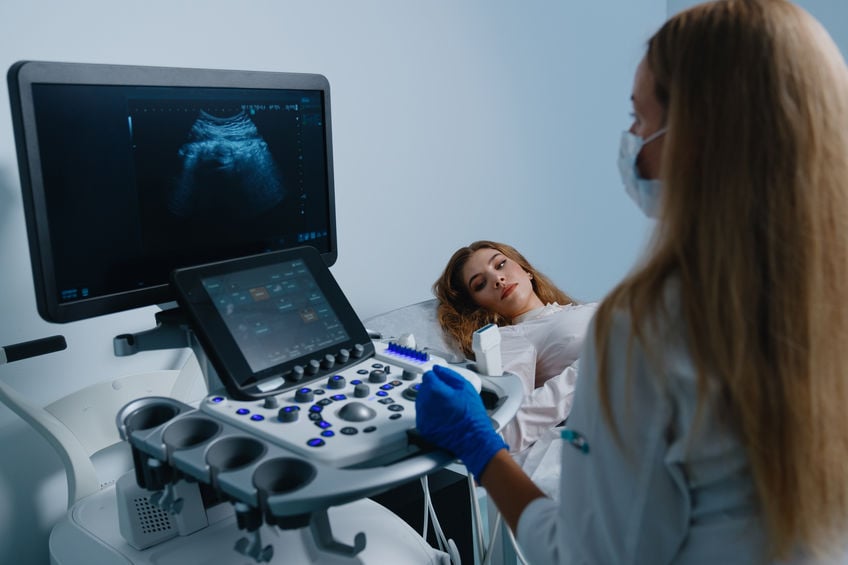Fresh Transfer Explained
Historically, all embryo transfers during an in vitro fertilization (IVF) cycle were done within a few days of their creation in the lab, and this timing is known as a fresh transfer. As IVF techniques advanced and became more successful, methods to freeze embryos for later attempts at pregnancy, either because the fresh transfer was unsuccessful or for another baby a few years later, became available and frozen embryo transfers became an option.

New Freezing Techniques
One of the major recent advances in IVF involves an updated freezing technique known as vitrification. This is a specialized type of embryo freezing that has resulted in high embryo survival rates (>90%) and high embryo success rates that are similar to, or in some cases, higher than the rates seen in fresh embryo transfers in many IVF clinics. This has led many IVF centers to recommend upfront freezing of all embryos followed by a frozen embryo transfer during a cycle where hormones are given to prepare the uterine cavity or endometrium in a way that would mimic a naturally conceived pregnancy. Thus, there are some patients for whom a frozen transfer may have a higher chance of successful pregnancy than a fresh transfer.
IVF Stimulation
An analysis of 82,935 cycles from the Society for Assisted Reproductive Technology (SART), showed that women who had a high response to IVF stimulation benefited from a freeze-all policy where embryos were frozen shortly after creation in the fresh cycle. These embryos were later transferred in a frozen cycle, following uterine preparation. The SART study defined high response patients as those with 15 eggs or more retrieved. These women also typically had high levels of estrogen, a hormone that is produced during ovarian stimulation and can affect the uterine lining.
Timing of an embryo transfer is critical to IVF success, and the ideal scenario is where the uterine lining and the embryos are perfectly matched.
Hormones & Embryo Development
For some women, it appears that high estrogen levels negatively affect the uterine lining by altering the window of implantation, the timeframe in which the embryo and uterus are synchronized for the successful establishment of pregnancy. Specifically, high hormone levels may shorten this window and embryos may become out of synch with the uterine lining.
Another way that the timing of embryo transfer can be affected is by the rate of embryo development. Most embryos grow at a predictable pace but some embryos may develop in the lab at a faster or slower rate than what is typical. Recent data, including from our lab at RMIA, has shown that slowly developing embryos are less likely to implant in cases where hormone levels are also high.
When Freeze-All Is The Best Option
We believe that in addition to cases where a freeze-all is recommended for a medical reason, we advise a freeze-all if embryos have not reached the expected stage of development by the intended day of embryo transfer. In these cases, there appears to be a higher risk of asynchrony between the uterine lining and the embryo. For these situations, we will continue to grow the embryos in the lab and will freeze any that reach the required stage for freezing. Embryo transfer would then occur in a frozen transfer cycle, once the uterine lining is prepared to mimic the conditions of a naturally conceived pregnancy.





